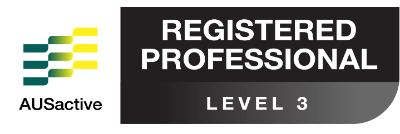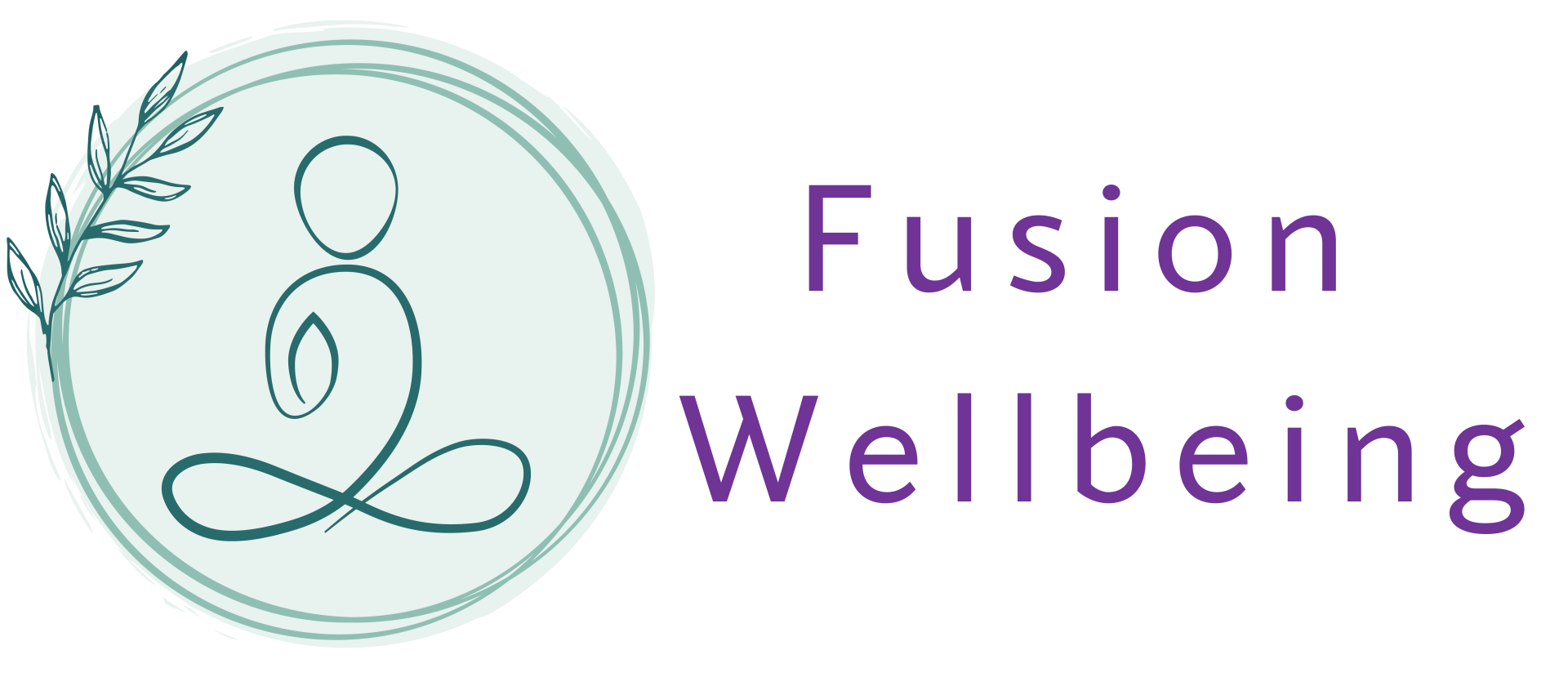Massage Therapy in McDowall, Brisbane
Call Us
Fusion Wellbeing Massage Therapy
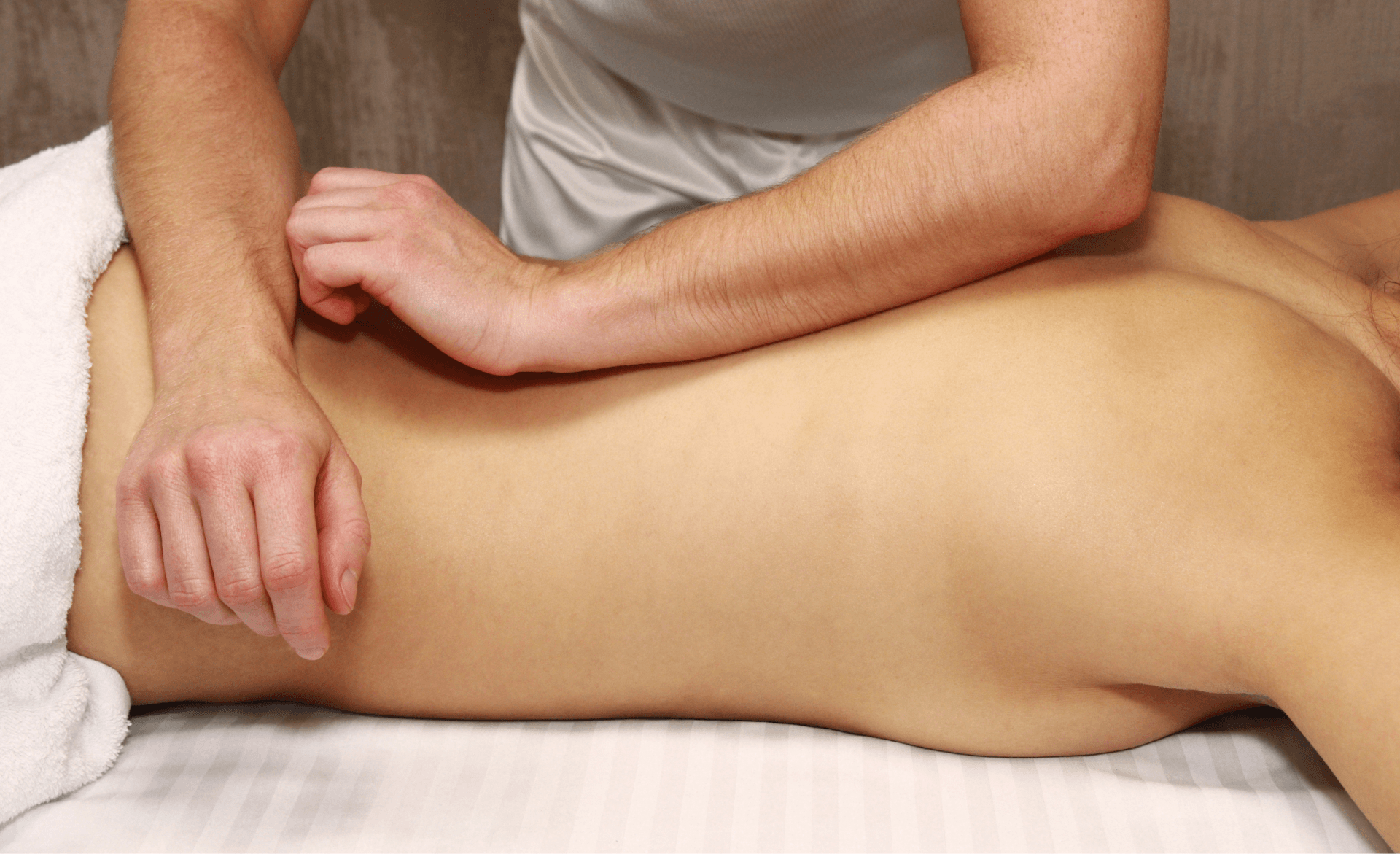
Remedial Massage
What is Remedial Massage?
Remedial Massage Therapy is the assessment and treatment of soft tissue (muscles, tendons, ligaments, etc) and biomechanical dysfunctions, where symptoms may include pain, restricted movement and loss of function.
Benefits of Remedial Massage
- reduced muscle tension and pain
- improved circulation
- improved posture
- improved biomechanical function
- stimulation of the lymphatic system
- reduction of stress hormones
- relaxation
- increased joint mobility and flexibility
- improved recovery of soft tissue injuries
- reduced anxiety and stress
Who is Remedial Massage good for?
Remedial Massage Therapy is beneficial to those who have dysfunction/s and/or pain that requires specific treatment. This may be localised or addressing other areas of the body as necessary for your presenting complaint.
What does a Remedial Massage involve?
Prior to your first Remedial treatment, you will be required to fill out a Confidential Health History form. Your therapist will then discuss your presenting complaint and health history with you, and will take you through the following assessments if applicable –
- Postural analysis
- Gate analysis
- Range of motion tests
- Orthopaedic tests
- Muscle activation and recruitment pattern assessment
- Muscle and connective tissue palpation
Due to nature of assessments and testing please wear clothes that allow you to move freely. In some cases it may be beneficial (if you are comfortable to) to remove clothing down to your underwear to properly assess your movements and alignment. We suggest you wear underwear/clothing you are comfortable in, such as a sports bra, bike shorts, fitted singlet etc.
These assessments allow your therapist to formulate and deliver the best possible treatment for you, as well as to devise an effective ongoing treatment plan to progressively assist in relieving your presenting condition/s. This assessment process is also what enables these treatments to be claimed on your private health insurance, and where it differs from Therapeutic Massage Therapy that can not be claimed.
Subsequent treatments for the same complaint may require less testing, however this is dependent on how you present at each treatment, what has changed and how you felt following your previous treatment.
Treatment techniques include
- Classical/Swedish Massage
- Neuromuscular Techniques
- Myofascial Release
- Muscle Energy Techniques
- Mobilisations
- Therapeutic Exercise (such as rehabilitation and strengthening exercises)
Please note, you may experience some post-massage soreness in some cases.
The treatment is done with you lying on a treatment table, with towel draping to ensure only the area the therapist is working on is exposed at any time. Your comfort is extremely important so please inform your therapist if you feel uncomfortable, overexposed, cold, etc. at any time during your treatment.
Your therapist will use massage oil, and may also use cream and/or balm. Please let them know about any relevant skin sensitivities or allergies.
Please note, Remedial Massage is eligible for health fund rebates with applicable cover.

Relaxation Massage
What is Relaxation Massage?
Also known as Swedish Massage, this style of massage therapy involves a variety of techniques with varying pressure, through long, circular, kneading and tapping strokes. Contrary to common belief that Relaxation Massage is only light and superficial pressure, it can be performed with light to firm pressure, depending on the stroke technique and your personal preference.
Please note, this is a general relaxation treatment – if you have specific issues or pain to be addressed, please book a Remedial Massage treatment.
Benefits of Relaxation Massage
- whole body relaxation
- decreased stress & anxiety
- increased mobility & flexibility
- decreased muscles tension
- decreased pain
- improved muscle restoration
- stimulates the nervous system
- release of oxytocin, endorphins and seratonin promoting relaxation and increased wellbeing
Who is Relaxation Massage good for?
Relaxation Massage Therapy can be beneficial for everyone from sports people preparing for an event to anyone suffering from muscle tension, musculoskeletal conditions, post-exercise muscle soreness, stress and anxiety, etc. It is also usually safe for pregnant women, however if you are experiencing any complications, check with your doctor first.
What does a Relaxation Massage involve?
Prior to your first Relaxation treatment, you will be required to fill out a Confidential Health History form. Before the massage begins, your therapist will talk to you about your health and lifestyle. This form and discussion are what guides your therapist’s treatment plan for you, based on any existing health conditions and musculoskeletal issues (sore muscles, areas of tension, etc.).
The treatment is then done with you lying on a treatment table, with towel draping to ensure only the area the therapist is working on is exposed at any time. Your comfort is extremely important so please inform your therapist if you feel uncomfortable, overexposed, cold, etc. at any time during your treatment.
Your therapist will use massage oil, and may also use cream and/or balm. Please let them know about any relevant skin sensitivities or allergies.
Please note, Relaxation Massage is not eligible for health fund rebates.
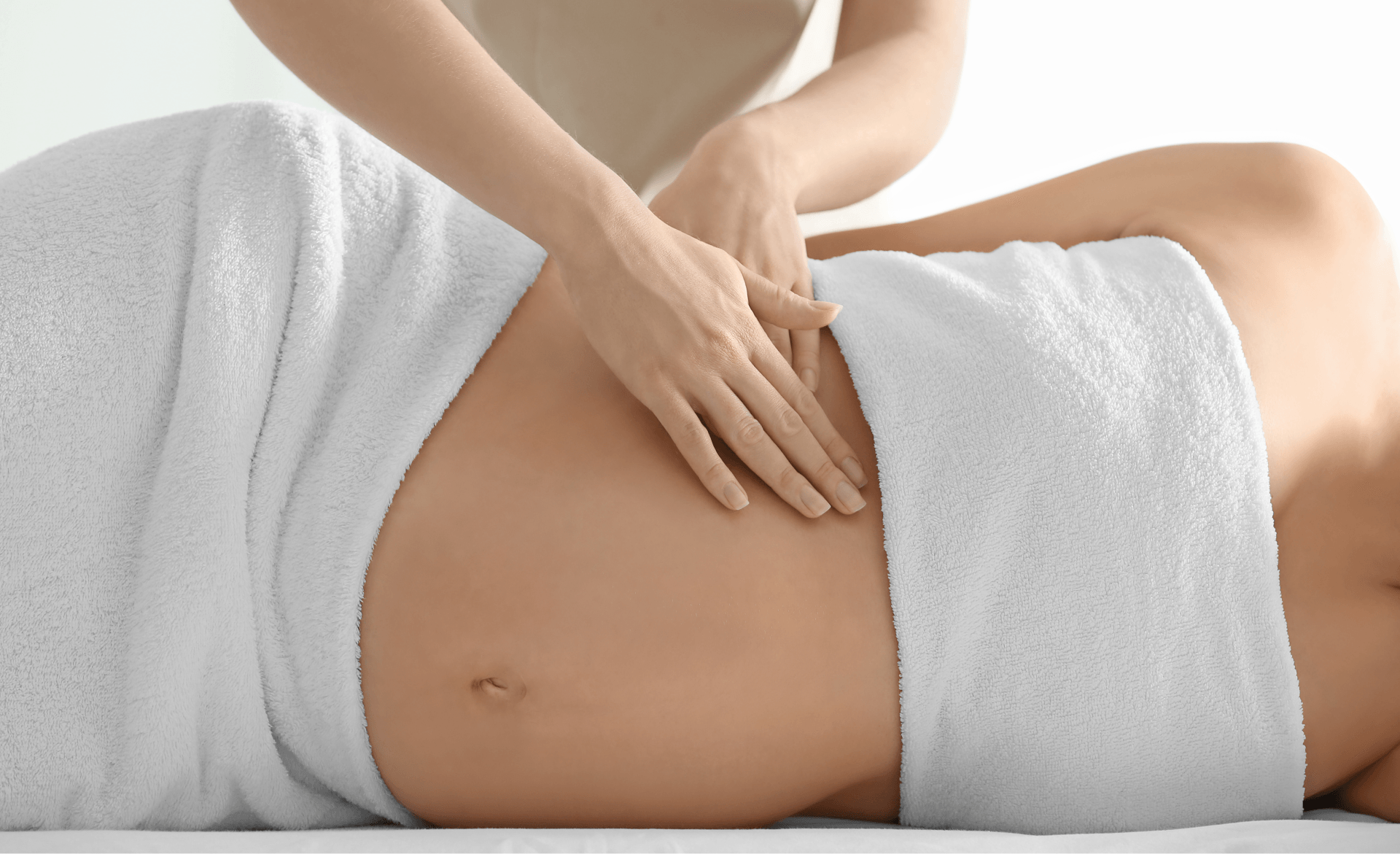
NurtureLife® Pregnancy Massage
What is Pregnancy Massage?
Pregnancy Massage at Fusion Wellbeing is a gentle, nurturing and specialised treatment to support the pregnant woman throughout her pregnancy, birth and beyond, by helping her through the physical, emotional and biological changes experienced during this time using specifically designed treatment techniques.
Pregnancy Massage is safe for you to enjoy throughout your entire pregnancy, including during the 1st trimester. Massage during this time can be particularly beneficial to support you through the many physiological changes that occur.
Benefits of Pregnancy Massage
Pregnancy massage has many benefits to both mother and her baby. These may include –
- Increased relaxation, reduced anxiety and stress
- Reduced musculoskeletal pain
- Improved range of motion
- Improved proprioception
- Improved circulation
- Reduced fluid retention/oedema
- Alleviating common pregnancy discomforts such as lower back, hip, rib, mid back, neck and shoulder pain
- Improved biomechanical function
- Improved sleep
- Helps to stabilise hormonal changes and blood pressure
- Mother-baby connection
- Labour preparation
- Practicing self-care which is extremely important for mums-to-be to help them relax and feel rejuvenated, looking after their body and mind
Who is Pregnancy Massage good for?
Pregnancy Massage is wonderful whether you just need some general relaxation and release of muscle tension, or if you have dysfunction/s and/or pain that requires specific treatment. This may be localised or addressing other areas of the body as necessary for your presenting complaint.
What issues can Pregnancy Massage help?
- Stress and anxiety
- Low back pain
- Hip and glute pain
- Pelvic girdle pain
- Thoracic and rib pain
- Neck and shoulder pain
- Muscle tightness and tension
- Headaches
- Oedema (swelling)
- Fatigue
- Carpal Tunnel Syndrome
- Calf cramps
What does Pregnancy Massage involve?
Prior to your first Pregnancy Massage treatment, you will be required to fill out a Pregnancy Confidential Health History form. Your therapist will then discuss your presenting complaint and health history with you and will take you through the following assessments where applicable –
- Postural analysis
- Range of motion tests
- Orthopaedic tests
- Muscle and connective tissue palpation
Due to nature of assessments and testing please wear clothes that allow you to move freely. We suggest you wear underwear/clothing you are comfortable in, such as sports bras, bike shorts, fitted singlet etc.
These assessments allow your therapist to formulate and deliver the best possible treatment for you, as well as to devise an effective ongoing treatment plan to progressively assist in relieving your presenting condition/s.
Subsequent treatments for the same complaint typically require less testing, however this is dependent on how you present at each treatment, what has changed and how you felt following your previous treatment.
Treatment techniques include
- Classical/Swedish Massage
- Neuromuscular Techniques
- Myofascial Release
- Muscle Energy Techniques
- Therapeutic Exercise (such as rehabilitation and strengthening exercises)
Please note, you may experience some post-massage soreness in some cases.
The treatment is then done with you lying on a treatment table, with sheet draping to ensure only the area the therapist is working on is exposed at any time. Your comfort is extremely important so please inform your therapist if you feel uncomfortable, overexposed, cold, etc. at any time during your treatment.
It is generally safe to lie on your stomach and back for massage during your 1st trimester if it is comfortable for you, a combination of these positions may be used depending on the treatment techniques you require. Then as your baby grows, you will transition to side-lying for your treatments when it is no longer appropriate for you to lie on your stomach or back. If side-lying is/becomes uncomfortable for you, you can safely receive treatment in a reclined position.
Your therapist will use massage oil, and may also use cream and/or balm. Please let them know about any relevant skin sensitivities or allergies.
When should I avoid massage during pregnancy?
Sometimes during pregnancy, medical conditions can come up which may be contraindicated for massage (meaning massage would not be appropriate at the time). If you are experiencing any symptoms you are unsure about, please contact Beck so she can advise you of the best action to take. Sometimes you may be required to get medical clearance from your medical provider prior to treatment, sometimes you may need to wait until your symptoms have resolved and your medical provider can give you clearance for treatment. It is best we know this before you arrive at the clinic for your appointment.
Please note, NurtureLife® Pregnancy Massage is eligible for health fund rebates with applicable Remedial Massage cover.

Labour Preparation Massage
What is Labour Preparation Massage?
Labour Preparation Massage techniques can be used to support the body into labour and are typically incorporated into a Pregnancy Massage treatment towards the end of pregnancy. Massage may help to prepare the body for labour, establish a sense of relaxation which can in turn promote the release of the optimal hormone blend needed to commence uterine contractions and effacement of the cervix.
Please note - it is not possible to ‘induce’ labour through massage as induction is a medical intervention.
Benefits of Labour Preparation Massage
Labour Preparation massage benefits may include -
- Reduced anxiety and stress leading into labour
- Assist with production of ideal hormonal balance for labour
- Reduced risk of intervention during labour
- Shorter labour
- Reduced risk of postpartum depression
Who is Labour Preparation Massage good for?
Labour Preparation Massage is suitable for women towards the end of their pregnancy, wanting to support their body as they approach labour and birth.
What does Labour Preparation Massage involve?
Techniques for preparing the body for labour are often performed around the pelvis and sacrum to assist the pelvic region to open and stretch during the labour and birth process.
For further information on Pregnancy Massage treatments, please go to the Pregnancy Massage tab.
For this treatment, please book a Pregnancy Massage appointment and put Labour Preparation in the booking notes.
Please note, NurtureLife® Pregnancy Massage is eligible for health fund rebates with applicable Remedial Massage cover.
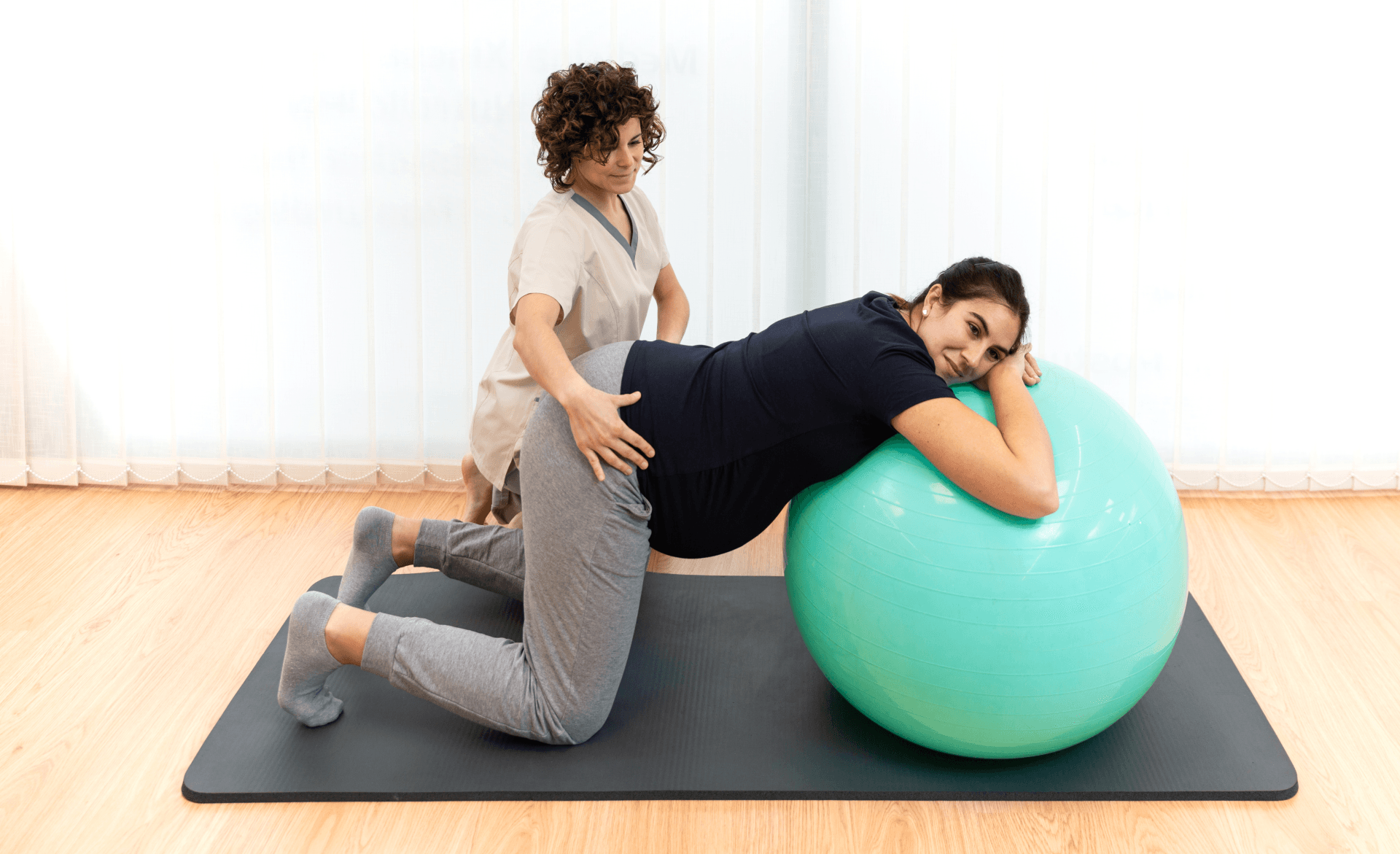
Massage for Labour Partner Training
What is Massage for Labour Partner Training?
These sessions are designed to teach a birthing woman’s birth partner how they can massage her during her labour to assist in pain relief, promote relaxation and oxytocin and endorphin production.
Benefits of Partner Labour Massage
- Partner Labour Massage benefits may include –
- Reduced pain intensity during labour
- Reduced anxiety, stress and fear during labour
- Assist with production and maintenance of ideal hormonal balance during labour
- Reduced risk of intervention during labour
- Shorter labour
- Increased sense of safety and calm during labour
Who is Labour for Massage Partner Training good for?
These sessions are wonderful for birthing women and their birth partners who want to incorporate massage in the labour support.
What does is Labour for Massage Partner Training involve?
These sessions are held in a private, calming and relaxed space to help you feel at ease and enjoy the process. To begin, the session facilitator will take some time to get to know you and your partner, any previous experiences, anxieties or worries, and any other questions you may have.
The facilitator will then demonstrate the techniques on the birthing woman, then on the birth partner. The birth partner will then practice the techniques on the birthing woman.
Many of these techniques are performed with the birthing mother on all fours on a Swiss ball, or leaning over a bed, at times with the partner kneeling on the floor, so please wear clothes that are stretchy and comfortable that allow plenty of movement.
Please note, these sessions are not eligible for private health rebates.
These sessions are not currently able to be booked online so please get in touch to discuss your requirements and availability to make a booking.
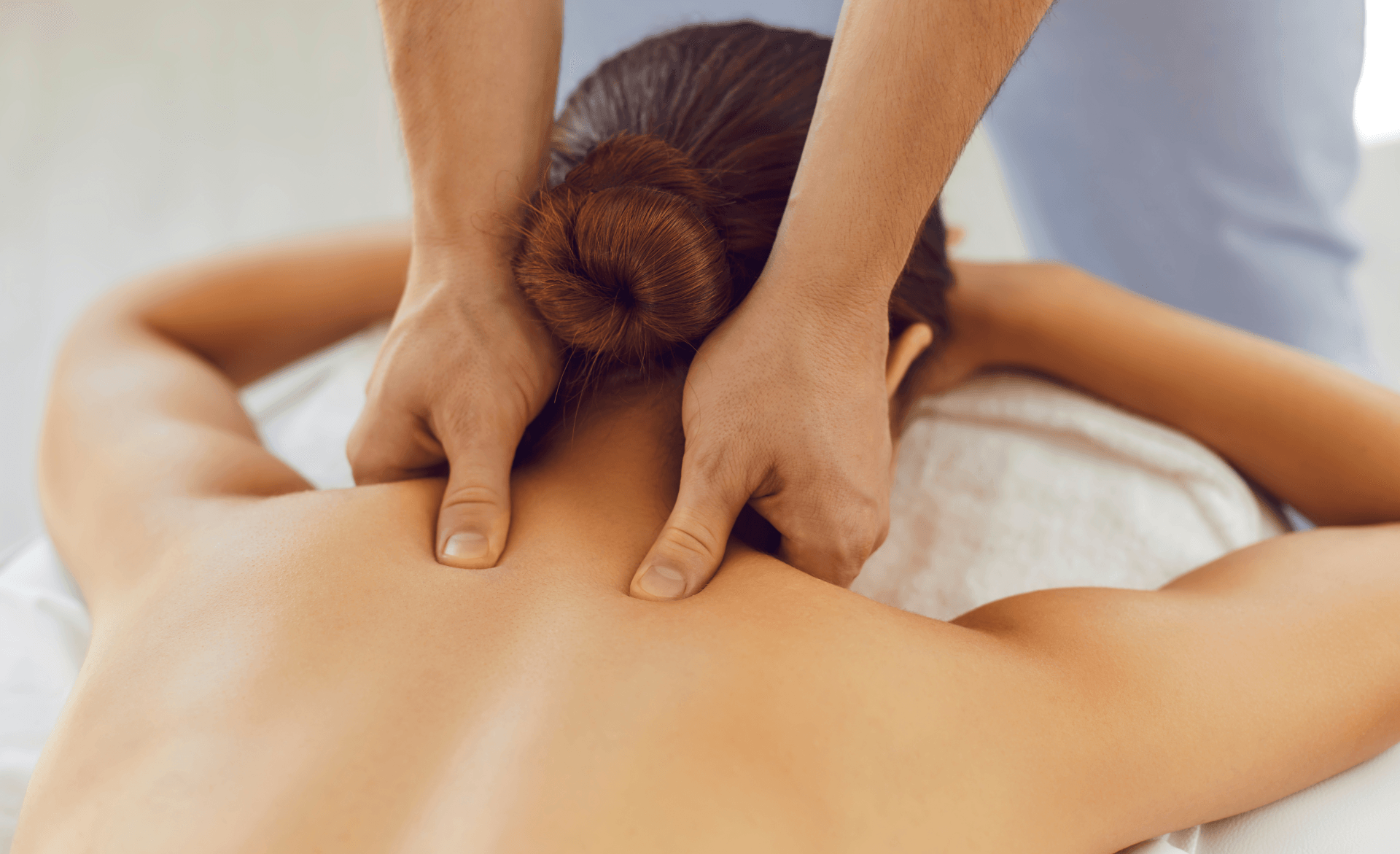
NurtureLife® Postnatal Massage
What is Postnatal Massage?
Postnatal Massage at Fusion Wellbeing is a gentle, nurturing and specialised treatment to support mums following the birth of their baby, by helping them to recover from their labour and birth, as well as adjust to the new physical demands and emotions of having a newborn baby.
We typically consider Postnatal Massage to fall in the period of the Fourth Trimester – the first three months after giving birth. It is a time of many physical, physiological, hormonal and emotional changes for mothers.
Postnatal massage can also include abdominal massage and caesarean scar healing massage (once the skin has healed). See below for more info, please note that medical clearance is required prior to C-section scar massage.
Did you know in some cultures, women receive daily postnatal massage for weeks to assist their postpartum recovery? Self-care is a very important part of motherhood – when we prioritise our own health and have a good sense of wellbeing, we are better able to care for our children and family.
Benefits of Postnatal Massage
Postnatal massage benefits for post-partum recovery may include –
- Facilitate time to rest and recover from labour and birth
- Reduced anxiety and stress
- Assist with hormonal balance
- Assist with the emotional adjustment to becoming a mum, or welcoming another child into your family
- Readjust to the sudden physical changes going from pregnancy to postpartum
- Support new physical demands such as holding, feeding and carrying your new baby
- Reduced common postpartum discomforts and/or pain, for example, lower back, hips, pelvis, neck and shoulders
Early postpartum abdominal massage benefits may include –
- Helping mums reconnect to their abdomen
- Reducing the effects of after-pains
- Supporting abdominal muscles and tone, therefore assisting with recovery from abdominal separation
- Reducing the load on the lower back
In addition, caesarean scar healing massage benefits may include –
- Promotion of blood flow and therefore healing internally
- Reduced pain at incision site
- Improved abdominal muscle activation
- Reduced scar adhesions
- Improved skin mobility around the incision site
Who is Postnatal Massage good for?
Postnatal Massage is wonderful in helping you recovery from your pregnancy, labour and birth, whether you just need some general relaxation and release of muscle tension, or if you have dysfunction/s and/or pain that requires specific treatment. This may be localised or addressing other areas of the body as necessary for your presenting complaint.
How soon can I have a Postnatal Massage?
You can receive a Postnatal Massage as soon as 24 hours after birth. If you have had medical intervention with your labour and delivery, please contact Beck so she can advise you of the best time to come in for your treatment. Sometimes you may be required to get medical clearance from your medical provider prior to treatment.
Can I bring my baby to my appointment?
You may choose to take this time as purely time just for yourself and to let your partner, family member or friend have an opportunity to bond with your baby, or you may want to bring them with you. Your baby is very welcome to come with you to your massage, and we will be very excited to meet your little bundle. Your and your baby’s needs are our number one priority, and even though we recommend you feed baby prior to your appointment, if you need to feed during your massage, or baby needs your touch, cuddles and love, we will of course accommodate little one in any way required.
What does Postnatal Massage involve?
Prior to your first Postnatal Massage treatment, you will be required to fill out a Postnatal Confidential Health History form. Your therapist will then discuss your presenting complaint and health history with you and will take you through the following assessments where applicable –
- Postural analysis
- Range of motion tests
- Orthopaedic tests
- Muscle and connective tissue palpation
Due to nature of assessments and testing please wear clothes that allow you to move freely. We suggest you wear underwear/clothing you are comfortable in, such as sports bras, bike shorts, fitted singlet etc.
These assessments allow your therapist to formulate and deliver the best possible treatment for you, as well as to devise an effective ongoing treatment plan to progressively assist in relieving your presenting condition/s.
Subsequent treatments for the same complaint typically require less testing, however this is dependent on how you present at each treatment, what has changed and how you felt following your previous treatment.
Techniques include
- Classical/Swedish Massage
- Neuromuscular Techniques
- Myofascial Release
- Muscle Energy Techniques
- Mobilisations
- Therapeutic Exercise (such as rehabilitation and strengthening exercises)
Please note, you may experience some post-massage soreness in some cases.
The treatment is then done with you lying on a treatment table, with towel draping to ensure only the area the therapist is working on is exposed at any time. Your comfort is extremely important so please inform your therapist if you feel uncomfortable, overexposed, cold, etc. at any time during your treatment.
We will ensure your breasts and stomach remain comfortable throughout the treatment as these areas can be sensitive during your recovery. There is no need to be concerned about any milk leakage as we can sensitively accommodate this for you.
Your therapist will use massage oil, and may also use cream and/or balm. Please let them know about any relevant skin sensitivities or allergies.
Please note, NurtureLife® Postnatal Massage is eligible for health fund rebates with applicable Remedial Massage cover.
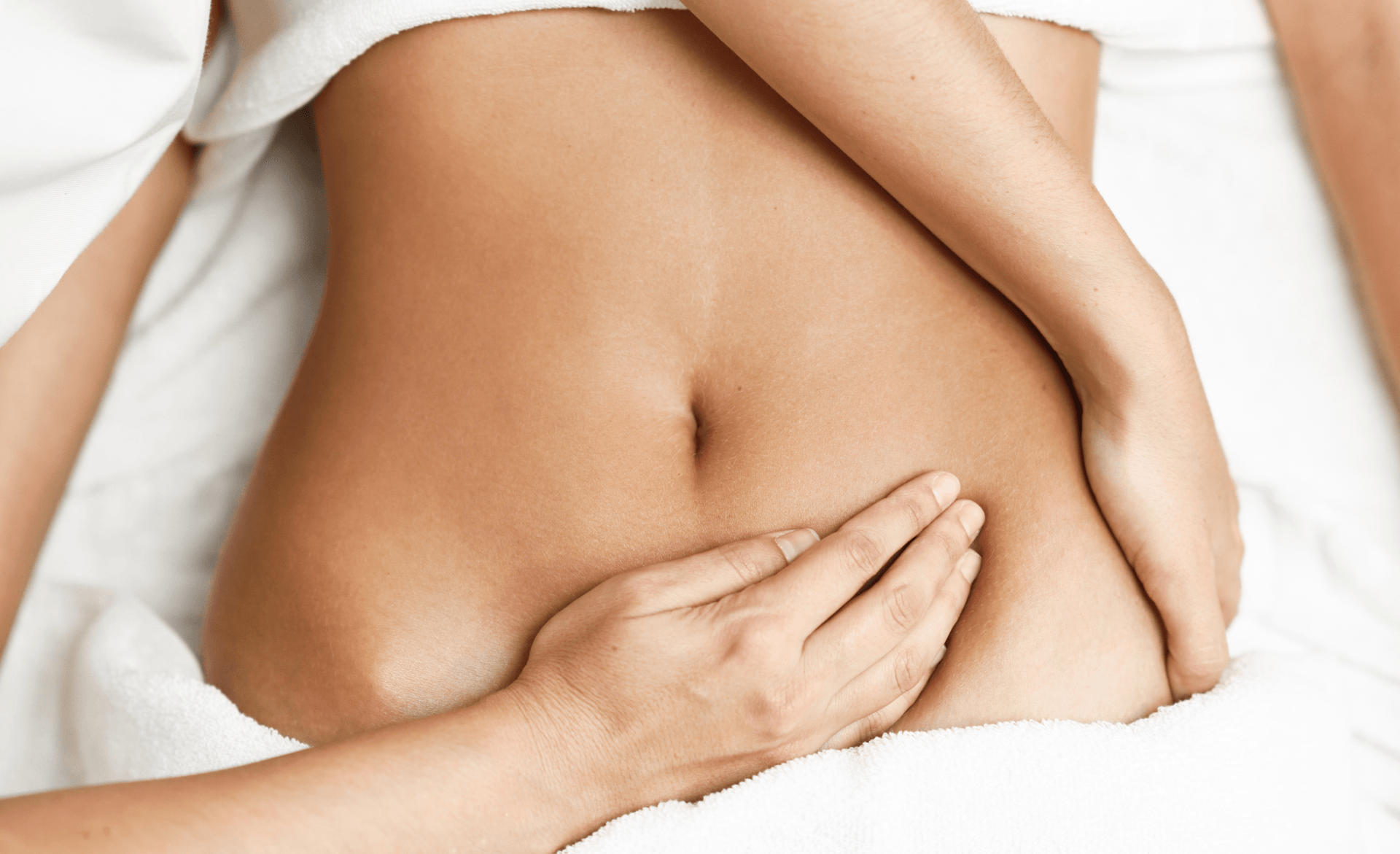
Fertility Support Massage
What is Fertility Support Massage?
Fertility Support Massage is designed to assist women trying to conceive both naturally and assisted, as well as women experiencing pelvic pain conditions, by providing massage therapy to the back, pelvis, sacrum, abdomen and womb. It is a beautiful and nurturing treatment that promotes a sense of wellbeing and relaxation while helping to realign tissues and organs, reduce tension and restriction in connective tissues and muscles, and promote better circulation and blood flow to the reproductive and pelvic organs.
Benefits of Fertility Support Massage
Fertility Support Massage can help with the following issues –
Reproductive problems
- Painful or irregular menstrual cycles and ovulation
- Bladder or yeast infections
- Miscarriages or difficult pregnancies
- Pre-menopause and menopause symptoms
- Fertility problems
- PMS/Depression prior to menstruation
- Ovarian or breast cysts
- Abnormal uterine bleeding
- Fibroids
- Migraines
Emotional problems
- Sexual trauma
- Miscarriages/still births
- Stress
- Held-in emotions
- Childhood trauma
- Maternal problems
Digestive problems
- Constipation
- Diarrhoea
- IBS
- Bloating
- Stomach cramps
Who is Fertility Support Massage good for?
This treatment is beneficial for any woman at any point on their fertility journey - whether you are thinking about beginning to try to conceive, you’re already trying to conceive or you’re looking for more support on an assisted fertility journey.
What does is Fertility Support Massage involve?
Prior to your first Fertility Support Massage treatment, you will be required to fill out a Fertility Confidential Case History form. Your therapist will then discuss your health history with you and then formulate and deliver the best possible treatment for you, as well as to devise an effective ongoing treatment plan.
Treatment techniques are applied to the back, neck and shoulders; buttocks, sacrum and coccyx; as well as the abdomen, ribs and womb.
The treatment is then done with you lying on a treatment table, with sheet draping to ensure only the area the therapist is working on is exposed at any time. Your comfort is extremely important so please inform your therapist if you feel uncomfortable, overexposed, cold, etc. at any time during your treatment.
Your therapist will use massage oil, and may also use cream and/or balm. Please let them know about any relevant skin sensitivities or allergies.
How does my cycle affect the treatment I should have?
There are various protocols on when womb massage should and shouldn’t be performed at various points throughout the menstrual cycle, based on whether or not you are trying to conceive. Essentially, we don’t perform womb massage during menses, after ovulation for those trying to conceive, or after embryo transfer, however massage can still be provided to other areas of the body. You will be asked where you’re at in your cycle at each treatment to ensure appropriate the treatment is provided.
If your also have some musculoskeletal issues to be addressed and assessed, this treatment is eligible for health fund rebates with applicable Remedial Massage cover.
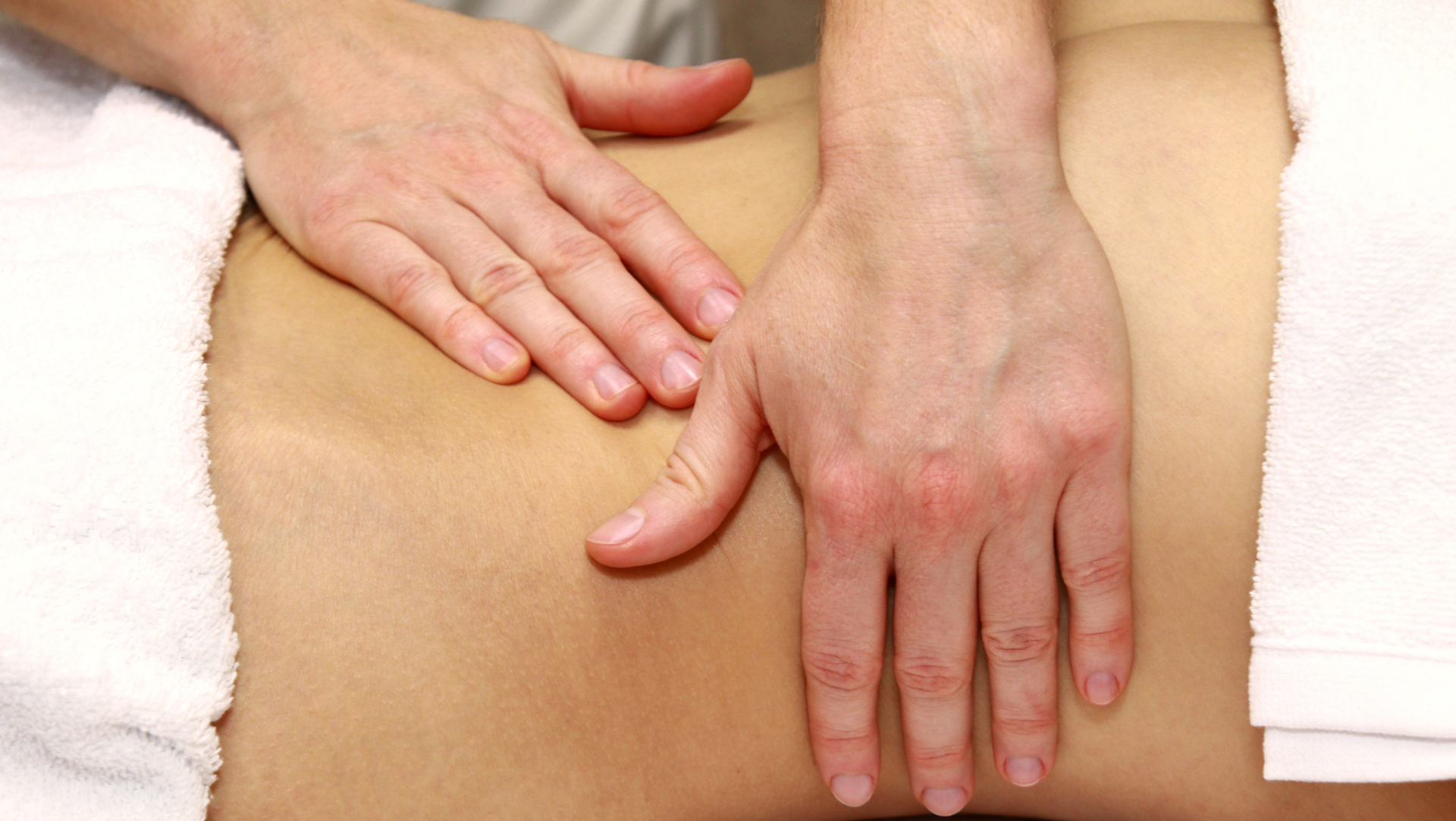
Women's Health & Womb Therapy
What is Women’s Health and Womb Massage Therapy?
This massage therapy is designed to help women achieve better menstrual and ovulatory cycle health, as well as to support pelvic pain conditions and disorders such as endometriosis, poly cystic ovarian syndrome and pelvic trauma.
A woman’s menstrual cycle is the ‘canary in the cage’ – when our body is struggling, chronically sick or depleted, our cycle may become disrupted, deviated or absent all together. This treatment, however, is also beneficial for perimenopausal, menopausal and postmenopausal women!
It is a beautiful and nurturing treatment that promotes a sense of wellbeing and relaxation while supporting and promoting feminine energy and strength to rebuild and flourish.
Benefits of Womb Massage Therapy
Womb Massage can help with the following issues –
Reproductive problems
- Painful or irregular menstrual cycles and ovulation
- Bladder or yeast infections
- Miscarriages or difficult pregnancies
- Pre-menopause and menopause symptoms
- Fertility problems
- PMS/Depression prior to menstruation
- Ovarian or breast cysts
- Abnormal uterine bleeding
- Fibroids
- Migraines
Emotional problems
- Sexual trauma
- Miscarriages/still births
- Stress
- Held-in emotions
- Childhood trauma
- Maternal problems
Digestive problems
- Constipation
- Diarrhoea
- IBS
- Bloating
- Stomach cramps
Who is Womb Massage Therapy good for?
This treatment is beneficial for any woman who experiences pelvic pain issues, or who wants to reconnect with herself and her feminine power, or who wants to improve her cycle heath and regularity.
What does is Womb Massage Therapy involve?
Prior to your first Womb Therapy Massage treatment, you will be required to fill out a Womb Therapy Confidential Case History form. Your therapist will then discuss your health history with you and then formulate and deliver the best possible treatment for you, as well as to devise an effective ongoing treatment plan.
Treatment techniques are applied to the back, neck and shoulders; buttocks, sacrum and coccyx; as well as the abdomen, ribs and womb.
The treatment is then done with you lying on a treatment table, with sheet draping to ensure only the area the therapist is working on is exposed at any time. Your comfort is extremely important so please inform your therapist if you feel uncomfortable, overexposed, cold, etc. at any time during your treatment.
Your therapist will use massage oil and may also use cream and/or balm. Please let them know about any relevant skin sensitivities or allergies.
How does my cycle affect the treatment I should have?
There are various protocols on when womb massage should and shouldn’t be performed at various points throughout the menstrual cycle, based on whether or not you are trying to conceive. Essentially, we don’t perform womb massage during menses, after ovulation for those trying to conceive, or after embryo transfer, however massage can still be provided to other areas of the body. You will be asked where you’re at in your cycle at each treatment to ensure appropriate the treatment is provided.
If your also have some musculoskeletal issues to be addressed and assessed, this treatment is eligible for health fund rebates with applicable Remedial Massage cover.
